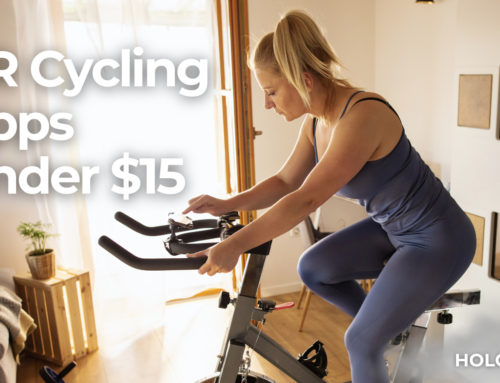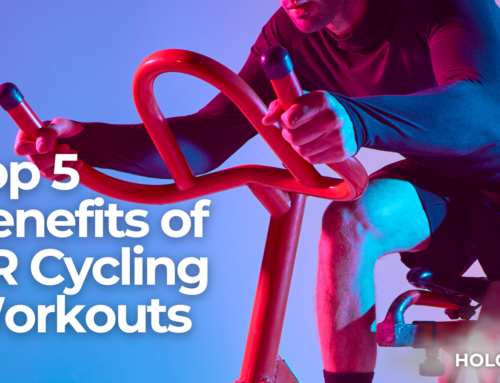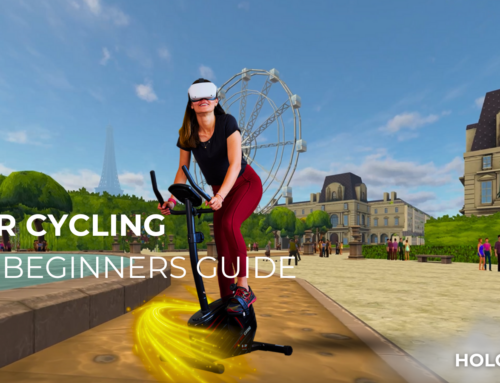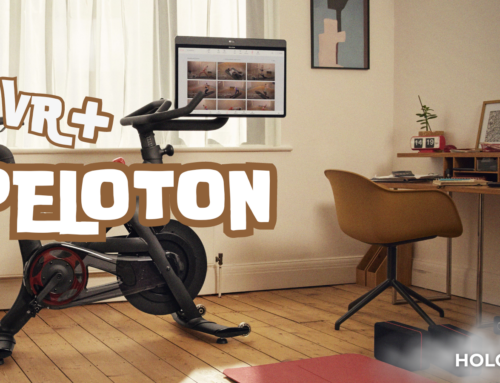During hard times like the one we currently find ourselves in, it is hard to stay active.
One of the greatest challenges, especially for passionate cyclists like us, is transitioning to indoor cycling.
Some of us feel like outdoor cycling was made for us, so much so that what we do has become mostly mechanical while our minds wander.
You leave the house, get on your bike, and ride. At each stop, you have mechanically learned to put the bike locks on without even thinking about it. But, it doesn’t hurt to shake things up every winter season.
Many of us have it down to fine art and enable ourselves to indulge in indoor cycling, but what we never consider is the question; are we doing it right?
Sometimes, cycling on a recumbent bike or an upright bike is part of a gym routine.
And rightly so.
Incorporating a cycling session into your workout is a fantastic way to warm up or cool down.
But, what if you’re not used to a stationary bike?
Ultimately, there is a tonne of areas that can affect our cycling form and they can quickly become critical reasons for not hitting your cycling goals or, even worse, damaging our bodies.
Whether it’s down to inexperience on an upright bike or lack of teaching when jumping on the saddle, there are massive errors that every cyclist should look at; seasoned pro or not.
This is an issue with the indoor cycling equipment you own and the goals you set. We’re not talking about the type of shoes you are wearing or the fact you’re not in lycra – god, no!
We’re talking about your routine and the ways you approach indoor cycling.
Let’s take a look at 7 critical reasons you are doing it wrong.
1. Routine:
Let’s start with how you are limiting yourself. You might be taking spin classes at your local gym and sometimes trying your best to show up on time doesn’t cut the mustard.
I mean, props on keeping proper track of time. But, getting on the saddle early doors doesn’t help your mind. It’s time to knuckle down on learning how far you can push yourself.
Taking a class is one of the best ways to bring a bit of structure to your indoor ride. How long you can burst for and how long it takes to recover is important to push yourself. Take a mental note of this so you can incorporate it into your workouts when you’re not in group training.
2. Cycling set-up:
The next issue is with your gear. Whether you are new to indoor cycling or a pedal veteran, you need to pay close attention to how high your saddle is, how high your handlebar is and how comfortable you are in terms of proper contact with the pedals.
If you have back pain, you need to adjust all three of these things to have a straight back to minimize any negative effect once you jump off the bike.
3. You don’t pick the right music:
Every good cycling instructor will tell you how important it is to have the perfect playlist playing while you ride. It is important to choose the music you love and allow it to take the stress off your mind while you work hard.
Let’s face it, suffering from severe quad burn whilst listening to Justin Beiber wouldn’t put you in the best mindset to push through the pain.
High BMP music that allows you to time your pedaling is highly recommended. This will help you to get in the zone during training for better efficiency.
4. Skipping the stretch:
This is the pre-workout warm-up training that you leave out.
This may be due to getting to the gym just on time that you don’t have any to stretch out.
Stretching out and warming the body up allows you to open up your muscles that give you a head start when cycling. Going straight into training without the stretch can be harmful to your body and decrease performance when trying to chase your personal best.
5. Don’t hold your breath:
Always remember that your muscles need a constant supply of oxygen during exercise.
Cutting them off oxygen can produce lactic acid in the body which is harmful to the muscles. Hence, breathe in through your nose and let it out through your mouth while cycling.
Keeping a steady breathing rate is important for cardio and keeps oxygenated blood flowing to the muscles.
As a side note, I highly recommend an isotonic sports drink to put in your water bottle to keep your electrolytes up.
6. Don’t stop pedaling during the session:
I know, the burn is real. We all get tired during training. But that is the time to keep pushing.
Every time we stop pedaling, we are breaking the cycle of continuous momentum which is very important for a good indoor cycling session.
Keeping on track continuously helps you build better stamina and makes it easier to get the most out of your session.
7. Don’t grip the handlebars too hard:
The grips are there to stabilize you while cycling.
Surprisingly enough, they are not for you to support your entire weight.
The aim is to work your quads and core and placing your weight over the bars ends up wasting energy as your body has to compensate for the poor positioning.
Try flexing your fingers while riding to allow yourself some tension release.
These are some of the critical reasons why you are doing it wrong. Indoor cycling is very important and it is crucial to respect it.
Focusing on each step at a time can put you on track to start reaching goals and becoming a better cyclist overall.







